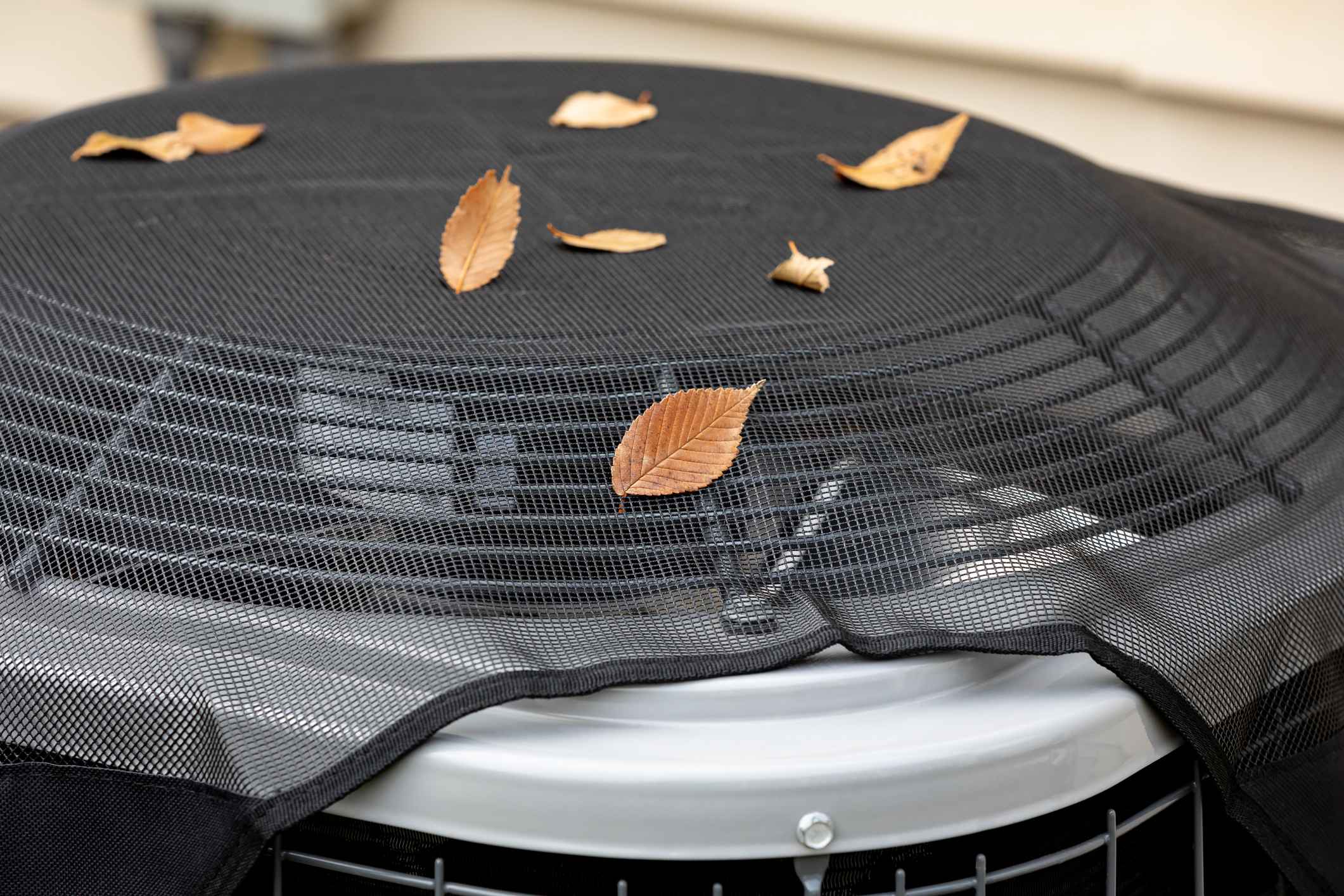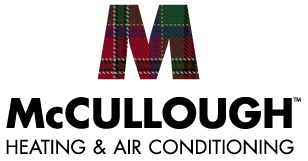4.8 Google Rating
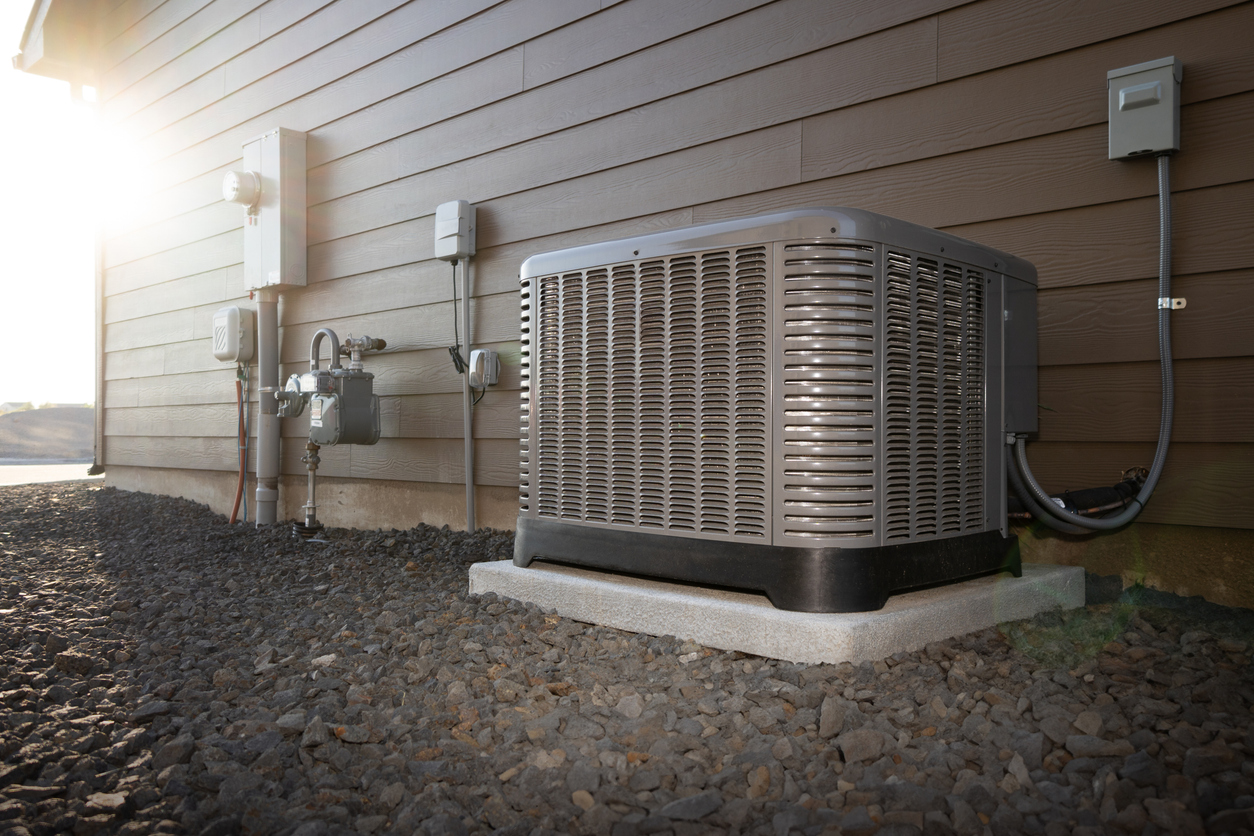
What to Check Before Calling for AC Repair
Experiencing problems with your air conditioner can be frustrating, especially during Austin’s hot summer months. While some issues require professional attention, there are a few troubleshooting steps you can try before calling for AC repair. These simple checks can help you identify minor problems and, in some cases, restore your system without needing professional assistance. Here’s a guide to help you troubleshoot common AC issues and decide when it’s time to call in the experts.
1. Check the Thermostat Settings
The thermostat controls your HVAC system, so it’s essential to ensure it’s set correctly. A minor adjustment to your thermostat settings could be the quick fix you need.
Start by confirming that your thermostat is set to “cool” mode. Next, set the thermostat a few degrees lower than the current room temperature and wait to see if the air conditioner turns on. If your thermostat has batteries, try replacing them, as low batteries can cause incorrect readings or a loss of power. Additionally, check if the thermostat is in “auto” mode rather than “on” to avoid the blower fan running continuously without cooling.
If your thermostat still doesn’t seem to control the AC properly, there may be an issue with the wiring or calibration. In this case, it’s best to contact an HVAC professional to assess the thermostat.
2. Inspect and Replace the Air Filter
A dirty or clogged air filter is one of the most common causes of AC problems. When the filter is blocked with dust and debris, airflow is restricted, forcing the system to work harder and reducing efficiency. In some cases, a clogged filter can cause the system to shut down to prevent overheating.
Check the filter and replace it if it appears dirty. For most homes, changing the air filter every 1-3 months is ideal, though homes with pets or allergy sufferers may benefit from more frequent changes. Keeping your filter clean not only improves airflow but also helps maintain indoor air quality and system performance.
3. Check the Circuit Breaker and Power Supply
If your AC won’t turn on at all, the issue might be a tripped circuit breaker. Air conditioners require a significant amount of power, so power surges or other electrical issues can sometimes cause the breaker to trip.
Head to your electrical panel and check for any tripped breakers. If the AC breaker is tripped, switch it back on and see if the system starts. However, if the breaker trips repeatedly, it could indicate a more serious electrical issue. In this case, avoid resetting it multiple times and contact an HVAC technician for further diagnosis.
Additionally, confirm that the AC unit is plugged in and that all switches associated with it are in the “on” position. Some systems have shutoff switches near the indoor and outdoor units, so check these as well to ensure they’re not accidentally turned off.
4. Clear Debris Around the Outdoor Unit
The outdoor unit, or condenser, is responsible for releasing heat absorbed from inside your home. If the area around the unit is cluttered with debris, leaves, or grass, it can obstruct airflow and cause the system to overheat or perform inefficiently.
Check the outdoor unit for any visible debris, and clear a two-foot radius around it to allow for proper airflow. Trim back any plants or shrubs that may be encroaching on the unit, and use a garden hose on a low setting to rinse dirt and dust from the coils. Avoid using high pressure, as it can damage the delicate fins on the unit.
Regularly keeping the area around the condenser clear can help prevent airflow issues, improve efficiency, and reduce the likelihood of overheating.
5. Inspect the Air Vents and Registers
Blocked or closed air vents can reduce airflow and make it difficult for your AC to cool your home effectively. Walk through each room and ensure that all vents and registers are open and free of obstructions like furniture, curtains, or rugs.
If any vents are closed, open them to allow consistent airflow throughout your home. Uneven cooling or airflow issues can often be resolved by ensuring that all vents are unobstructed. If you still notice uneven temperatures, it could indicate an issue with the ductwork or a need for duct cleaning, which requires professional attention.
6. Look for Ice on the Evaporator Coil
Ice buildup on the evaporator coil inside your AC system can cause the unit to stop cooling effectively. This typically occurs when there’s insufficient airflow, often due to a clogged filter, low refrigerant levels, or issues with the blower motor.
If you notice ice on the coil or around the indoor unit, turn off the AC system and allow the ice to melt. Avoid using the system until the ice has completely thawed, as running it with ice buildup can damage components. Once the ice has melted, check the filter and replace it if it’s dirty. If the issue persists, contact an HVAC professional to diagnose and repair the underlying cause.
7. Monitor for Unusual Noises
Strange noises coming from your air conditioner are often an indication of an internal issue. Rattling, squealing, or banging sounds can point to loose parts, motor issues, or debris within the unit.
While some noise during operation is normal, loud or unusual sounds should not be ignored. Turn off the system and inspect the outdoor unit for visible debris or loose screws. If the noise continues, it’s best to have a professional inspect the system to prevent further damage.
8. Test for Cool Air Flow
If your AC is running but not cooling effectively, test the airflow from the vents. Place your hand near a vent to feel the temperature of the air being delivered. If the air is warm or only slightly cool, it could indicate low refrigerant levels, a clogged filter, or compressor issues.
While you can address a dirty filter on your own, refrigerant issues and compressor problems require professional expertise. Contact an HVAC technician to assess the system and recharge the refrigerant if needed. Ensuring your system has proper refrigerant levels is crucial for efficient cooling performance.
Conclusion: Know When to Call McCullough Heating & Air Conditioning
Taking these troubleshooting steps can help resolve minor AC issues and potentially save you a service call. However, if your AC is still not cooling effectively or shows signs of serious issues, it’s time to call in the experts. McCullough Heating & Air Conditioning offers professional AC repair and maintenance services to keep your system running smoothly throughout the Austin summer. Contact us today to schedule a service and enjoy reliable, efficient cooling all season long.
Recent News
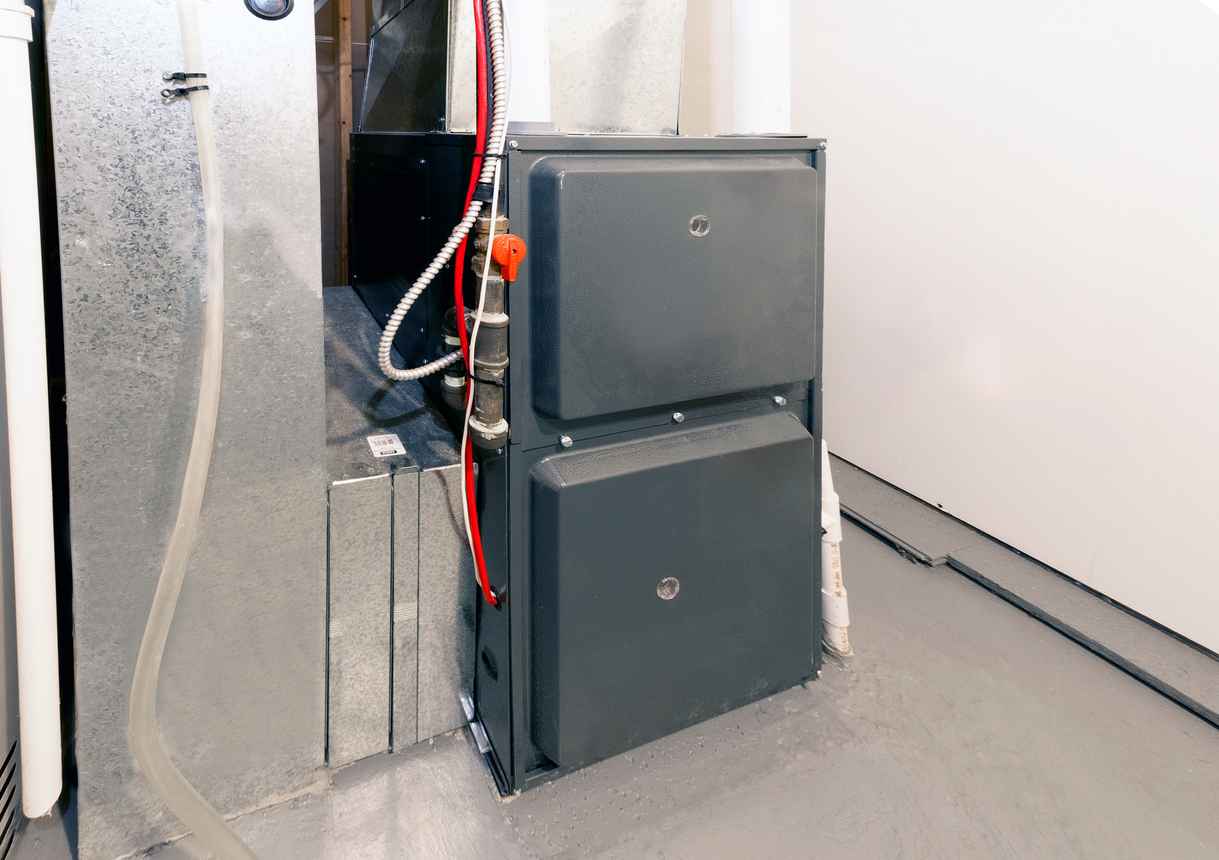
What Makes McCullough Heating & Air Conditioning the Right Choice for Austin Heating Needs
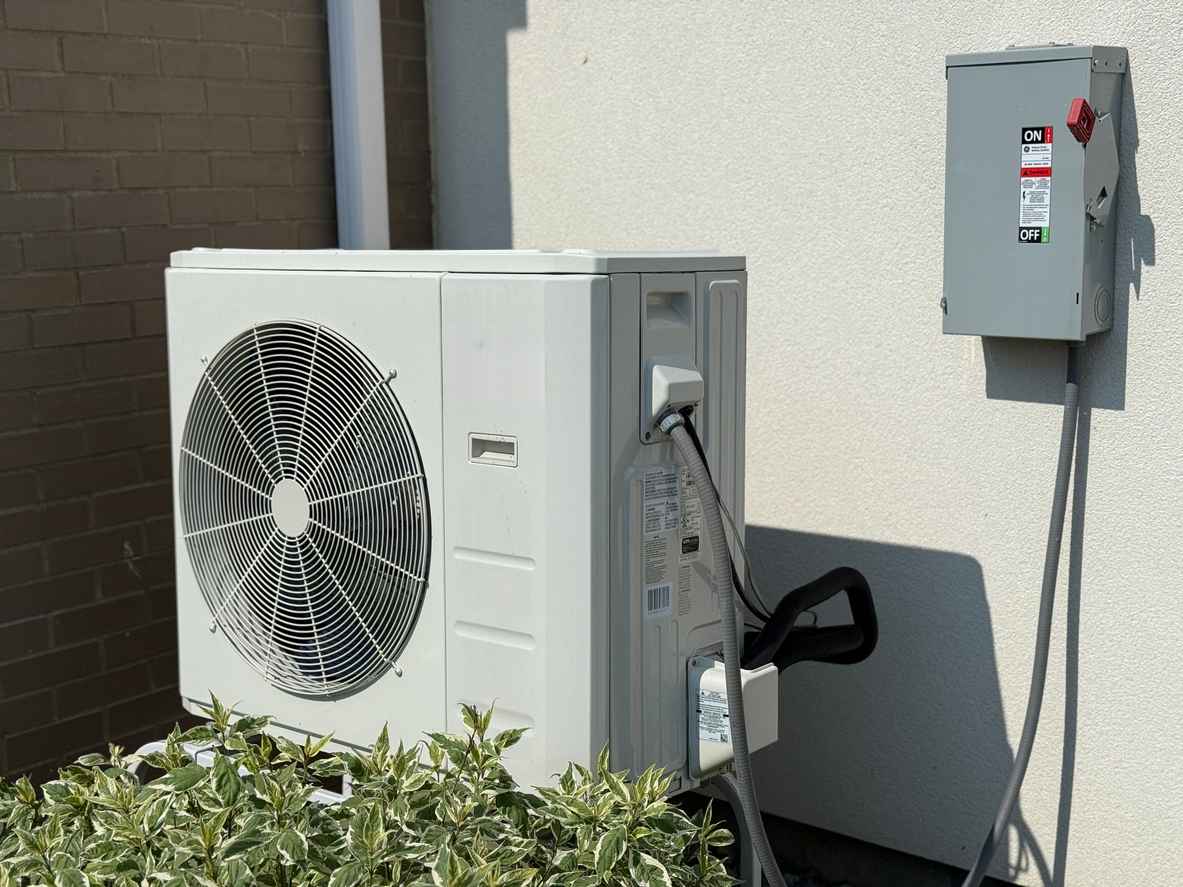
Why Texas Homeowners Are Upgrading to Heat Pumps in 2026: Efficiency & Tax Credit Insights
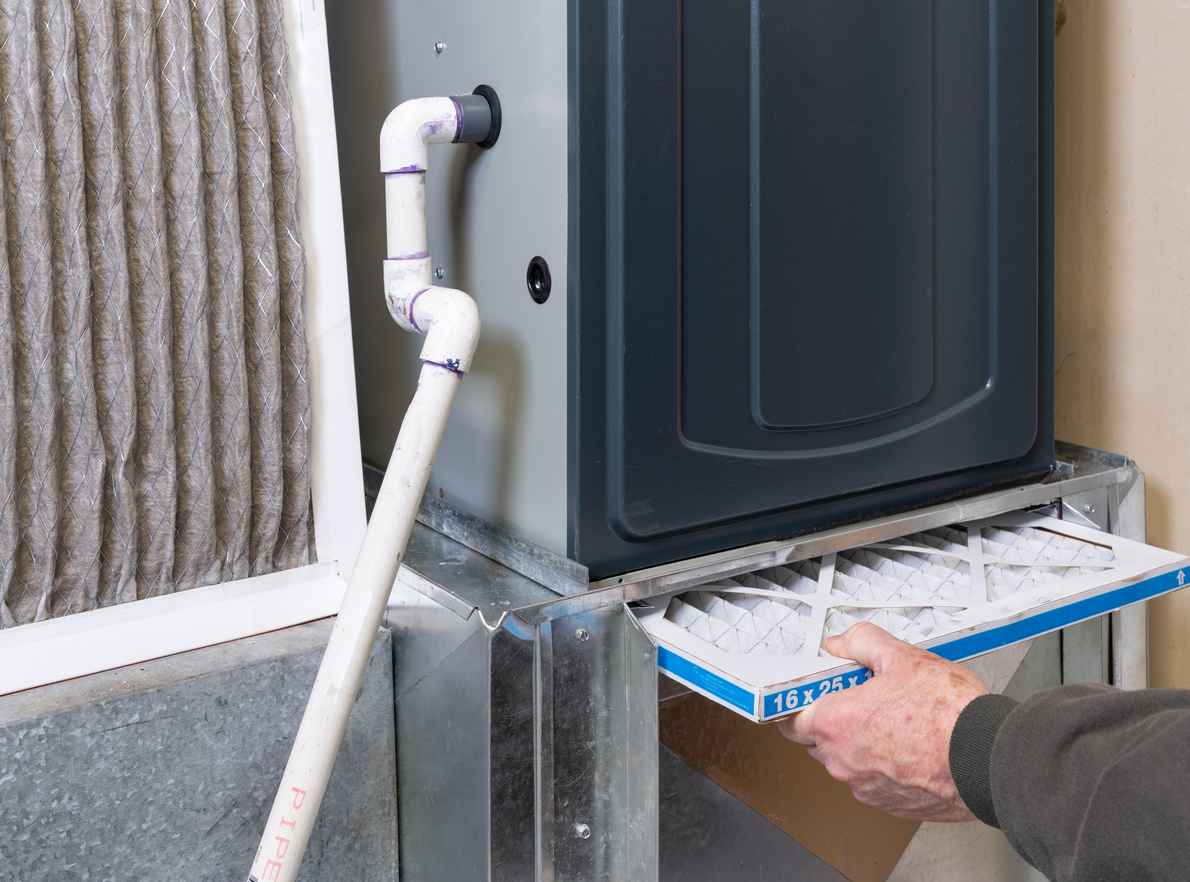
Is Your Furnace Ready for a Central Texas Winter? Austin Homeowners Should Check This First
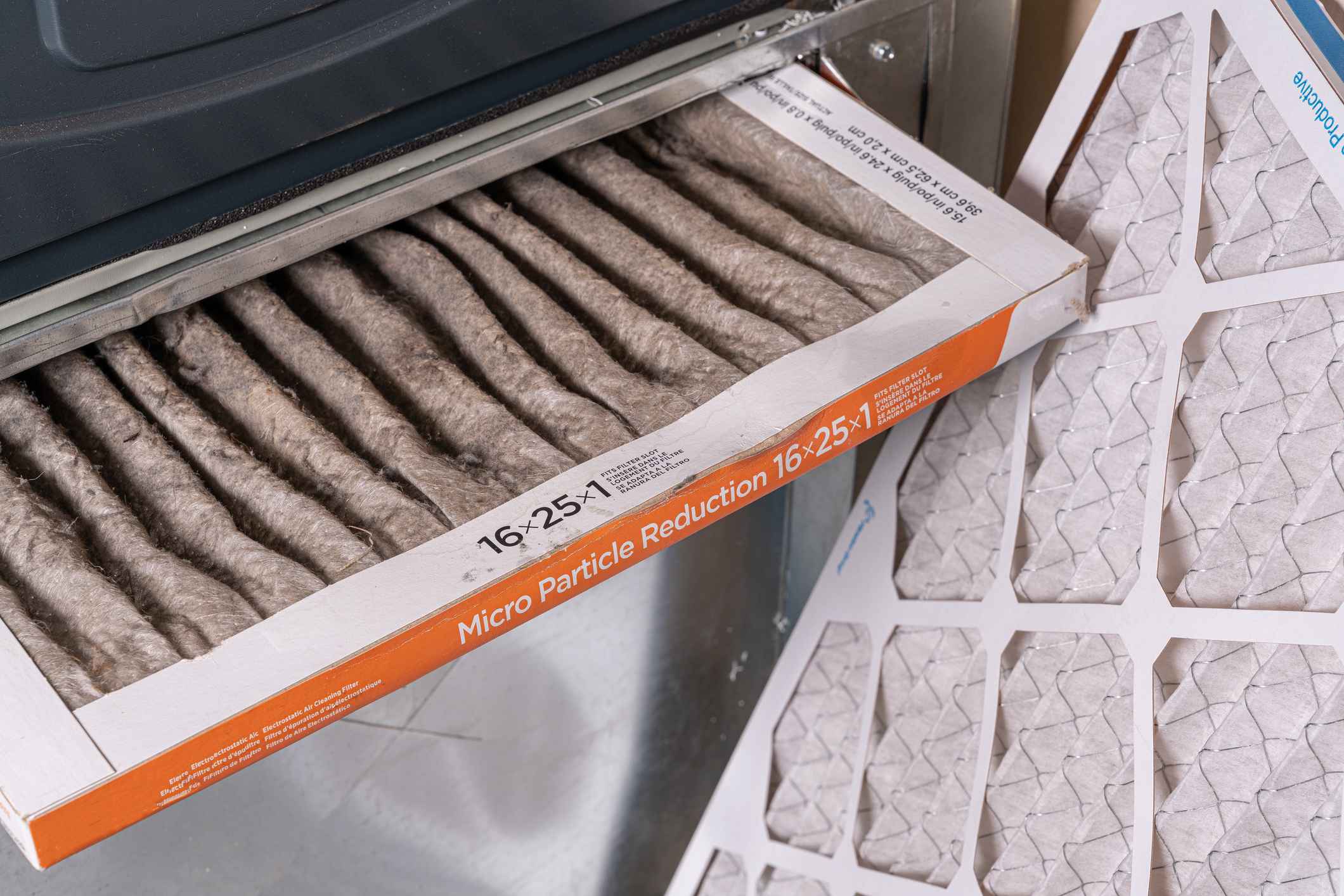
Don’t Get Spooked by Strange HVAC Noises This Halloween: Austin’s Guide to a Fright-Free, Cozy Home
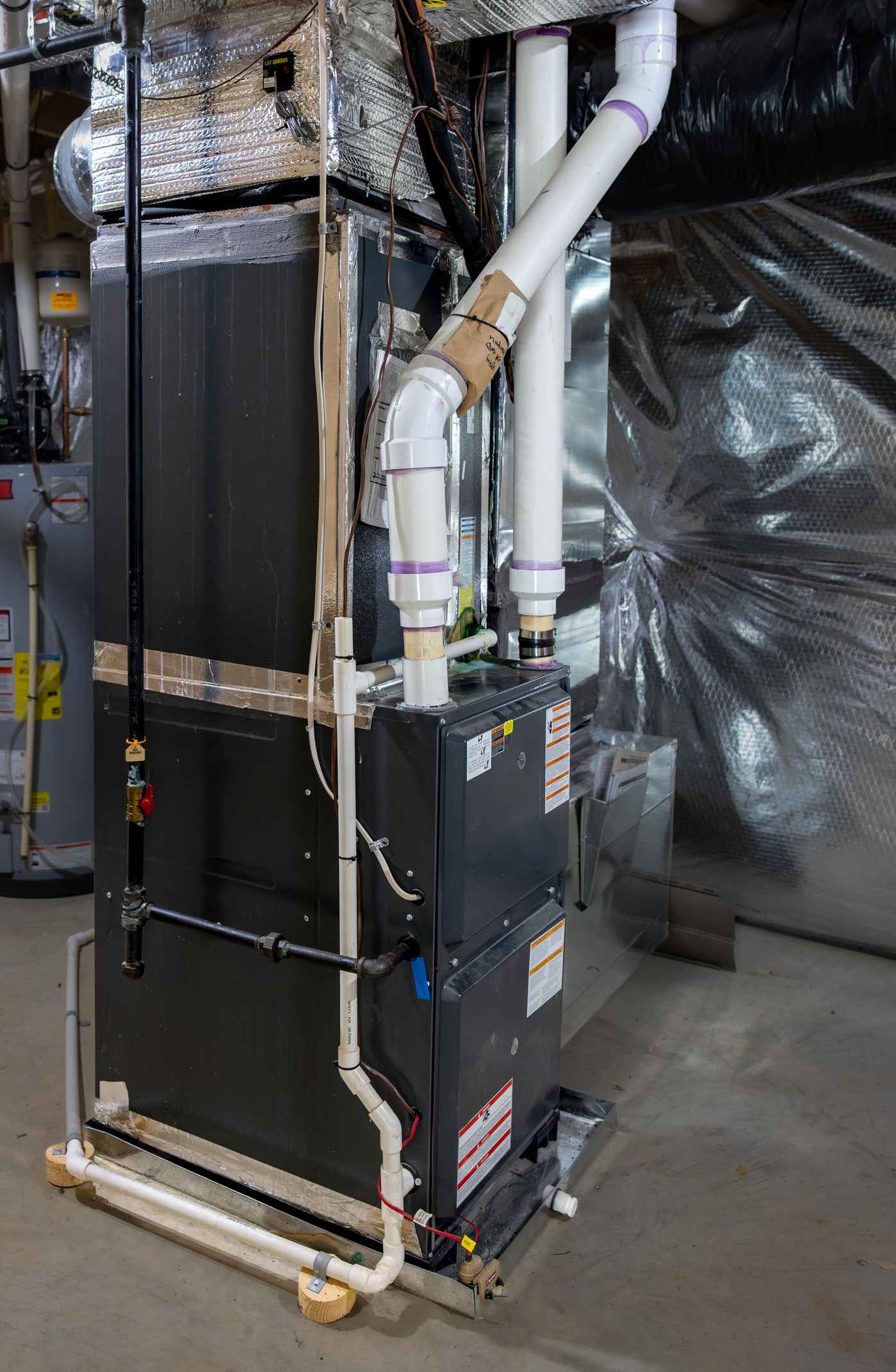
Preparing Your Austin Home for the Switch from AC to Heat
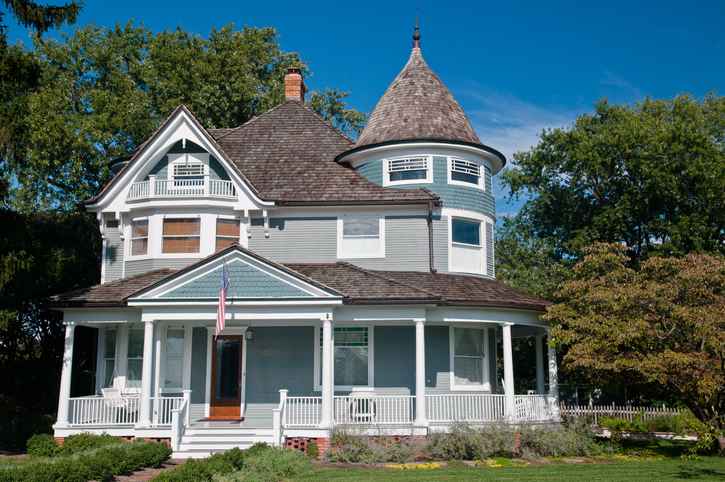
Why Austin’s Older Homes Need Special Attention When It Comes to HVAC Efficiency
